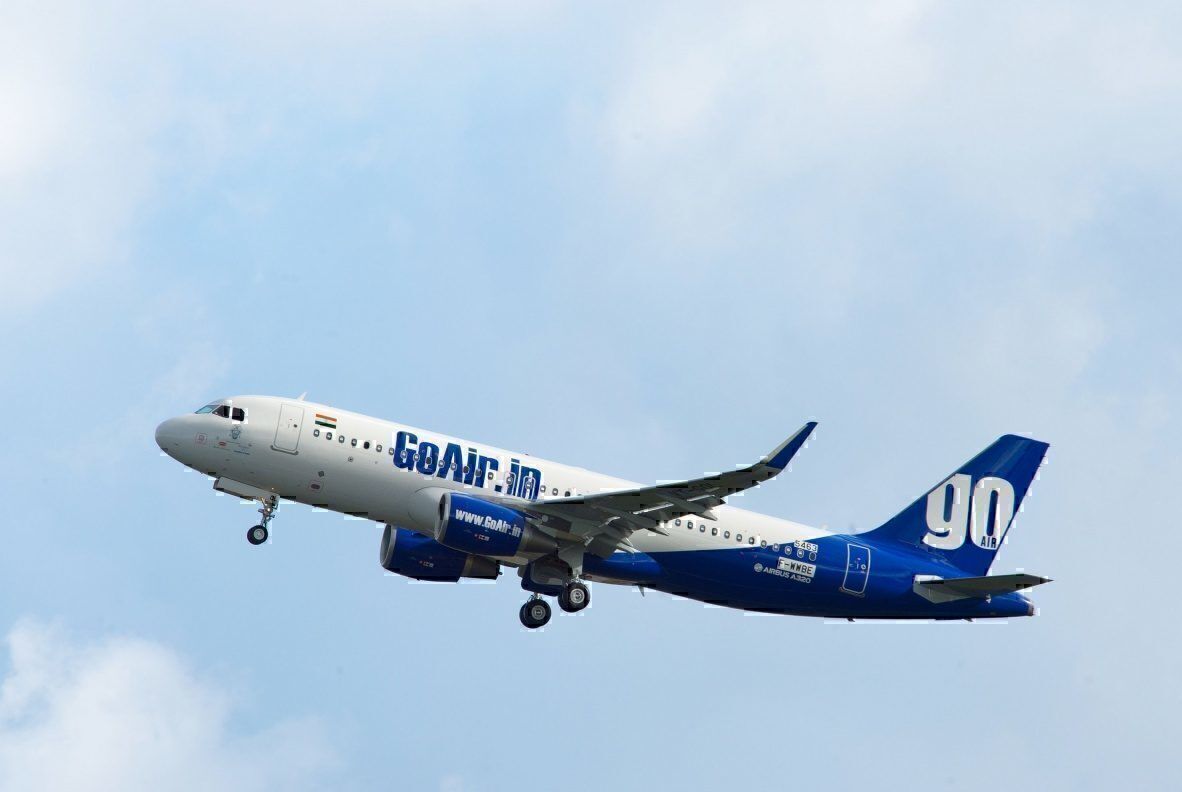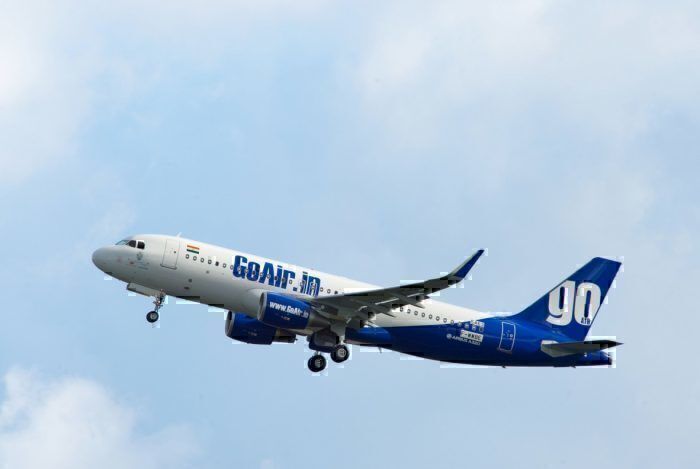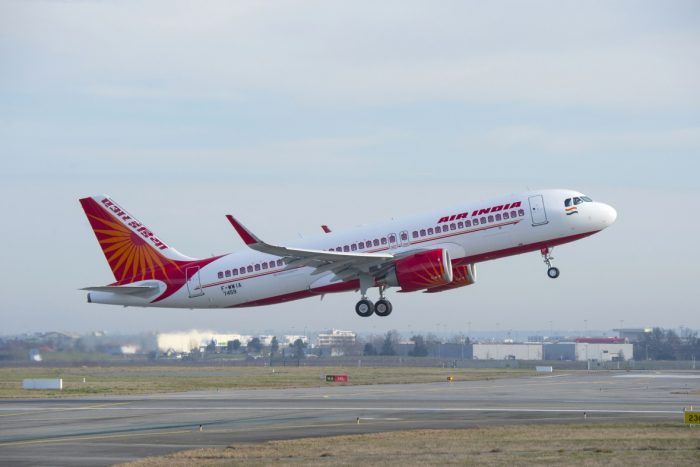Following a series of bird-related incidents at Ahemdabad's airport, passengers and airlines are urging the authorities to act. The recent scrutiny comes after an incident onboard a GoAir flight, which saw a pigeon enter the cabin. But the problem of birds is not new to Ahemdabad, with 37 bird-related incidents reported in 2019, raising questions about safety.
Safety issues raised about birds
Ahemdabad's Sardar Vallabhai Patel International Airport, named after a popular Indian leader, is located in the western Indian state of Gujrat. The airport serves India's fifth-largest city, flying to over 10 international destinations and many more domestic ones. It also serves as one of GoAir's primary focus cities.
Although it's a large airport, it has struggled with its bird problem for a while now. The airport reported four bird-related incidents already in 2020 and 37 in 2019. There were a whopping 85 in 2018.
While the number of incidents have decreased in the last two years, even a few cases can be dangerous. In 2018, a bird strike caused an engine fire on board a GoAir flight, forcing an emergency landing. This is only one instance of many times flights have been forced to return due to bird strikes.
More safety measures needed urgently
Bird strikes are common events all over the world and can be potentially catastrophic, in the worst case scenario having the potential to cause dual engine failure. A well-known example is US Airways Flight 1549, or the "Miracle on the Hudson", which saw an A320 lose both engines due to a bird strike. Due to repeated incidents, Ahemdabad had a bird-related incident rate of 1 in 922 flights in the first half of 2019. According to this statistic, over 0.1% of all flights would see a bird-related incident.
This issue has forced the airport authorities to some action, albeit not enough according to crews and passengers. The airport has hired a team of bird chasers to work 24 hours a day to ward off any birds, deployed acoustic devices, and sprayed herbicides. These measures have seemed to have some effect, with a sharp decline in incidents between 2018 and 2019. But in the case of birds, even a handful of cases can be dangerous.
Overall
With recent cases bringing the issue back into the spotlight, Ahmedabad airport might have no option but to deploy more resources towards the issue. While birdstrikes are common events, causing hundreds of millions a year in damages, their potential to be catastrophic is high. An exceptionally high birdstrike rate might cause concerns among airlines and possibly reduce expansion rates at the airport.
2020 has been a tough year for aviation, with the spread of the coronavirus, and India might see its aviation market slowdown for the first time in years. The slowdown is bound to hit fast-growing airports like Ahemdabad and it'll be in its best interest to quickly resolve its birdstrike issue and continue its rapid growth.




